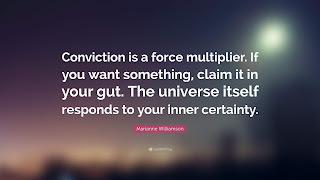My Talk to Emerging Leaders: Be authentic to self, your team and your superiors

This blog is in continuation to the earlier blog I wrote about my experience in being a mentor to emerging leaders in my organization. What experiences, roles, and opportunities have led you to the role you are in today at Citrix? There are obviously quite a few learnings in my journey along the way. But I would like to call out one of them I consider important, and then share a few others. When i applied for a move to internal off-beat role within my organization 2-3 years back, one of the things i was mulling about was how to present my resume. The conventional way of presenting resume is to highlight all the achievements and ensure that they get prominently heard and listed. One part of me wanted to be honest about my failures as well. It was a risky proposition, as the talk of failures is not a commonplace in many organizations, not more so when attempting to make move to new roles. I went ahead with my gut and drafted a 3 page resume. The first page talked about my experience. Th...










